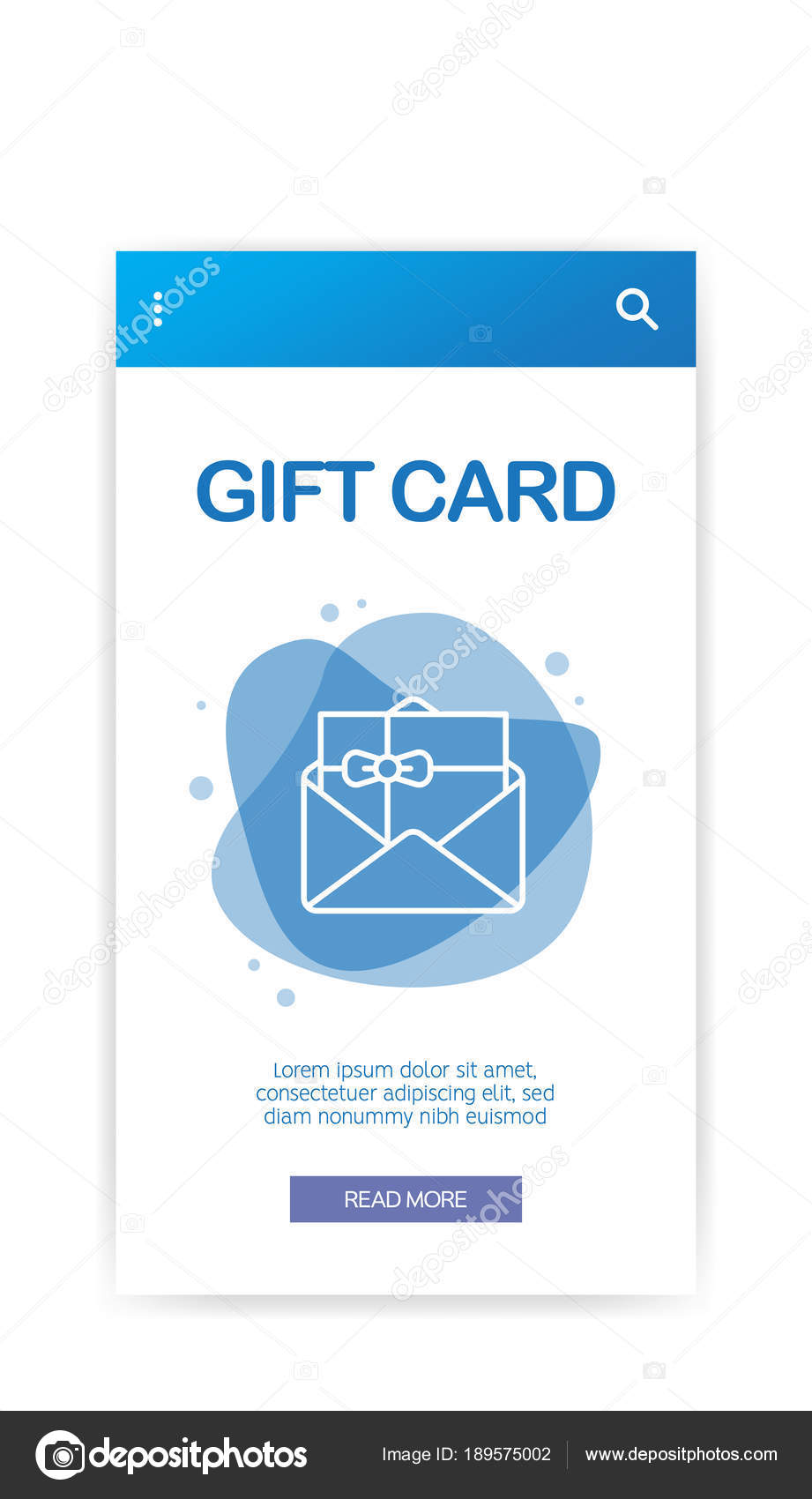Established in the Middle East and Egypt on hardstone, copper wheel inscribing made it through as a craft in seventeenth century Bohemia and Dresden on glass. It was utilized for a selection of functions, including showing the imperial double-headed eagle (Reichsadlerhumpen) and allegorical themes.
Engravers of this period slowly deserted linear clearness in favour of crosshatched chiaroscuro results. A few engravers, such as Schongauer and Mantegna, managed glass with a sculptural feeling.
Ancient Art
By the end of the 17th century, nonetheless, diamond-point engraving was being supplanted by wheel inscription. Two significant engravers of this duration are worth reference: Schongauer, that raised the art of glass engraving to measure up to that of painting with works like Saint Anthony Tortured by Demons, and Mantegna, that shaded his illustrations with short jotted lines of varying size (fig. 4) to achieve chiaroscuro impacts.
Various other Nuremberg engravers of this time consisted of Paul Eder, who mastered delicate and little landscapes, and Heinrich Schwanhardt, who etched engravings of fine calligraphic high quality. He and his boy Heinrich also developed the method of engraving glass with hydrofluoric acid to produce an impact that appeared like glass covered in ice. The engraved surface could then be reduced and inscribed with a copper-wheel. This method is employed on the rock-crystal ewer revealed below, which combines deep cutting, copper-wheel engraving and sprucing up. Identifying the engraving on such items can be challenging.
Venetian Glass
When Venice was a European power, Venetian glassmakers took the lead in many high value-added industries. Unlike fabrics and style, glassmaking preserved a tradition of sophisticated techniques. It also lugged seeds of the ornamental splendour personified in Islamic art.
Nevertheless, Venetian glassmakers were not eager to share these concepts with the rest of Europe. They kept their artisans cloistered on the island of Murano so they would not be affected by new trends.
Despite the fact that demand for their item ebbed and flowed as tastes transformed and rival glassmakers arised, they never lost their interest affluent patrons of the arts. It is consequently no surprise that inscribed Venetian glass appears in numerous study in still life paintings as an icon of luxury. Often, a master treasure cutter (diatretarius) would reduce and decorate a vessel originally cast or blown by another glassworker (vitrearius). This was a pricey endeavor that called for terrific skill, persistence, and time to produce such in-depth work.
Bohemian Glass
In the 16th century, Bohemian glassmakers adjusted the Venetian recipe to their very own, developing a much thicker, clearer glass. This made it easier for gem-cutter to carve similarly they carved rock crystal. Furthermore, they developed a technique of cutting that enabled them to make really comprehensive patterns in their glasses.
This was adhered to by the production of tinted glass-- blue with cobalt, red with copper and light green with iron. This glass was prominent north of the Alps. On top of that, the slender barrel-shaped cups (Krautstrunk) were also preferred.
Ludwig Moser opened a glass style workshop in 1857 and was successful at the Vienna International Exhibit of 1873. He developed a completely incorporated manufacturing facility, providing glass blowing, brightening and inscribing. Until the end of The second world war, his company dominated the market of personalized Bohemian crystal.
Modern Craft
Inscription is one of the oldest hand-icraft techniques of attractive refinement personalized glass gift ideas for glass. It demands a high degree of precision in addition to an imaginative imagination to be effective. Engravers need to additionally have a sense of composition in order to tastefully integrate glossy and matte surfaces of the cut glass.
The art of engraving is still to life and successful. Modern strategies like laser engraving can achieve a higher degree of information with a better speed and accuracy. Laser technology is additionally able to produce styles that are much less susceptible to cracking or splitting.
Inscription can be used for both commercial and attractive purposes. It's prominent for logo designs and hallmarks, as well as ornamental decorations for glass wares. It's also a prominent method to include personal messages or a champion's name to prizes. It is necessary to note that this is a hazardous job, so you need to constantly use the suitable security devices like safety glasses and a respirator mask.
